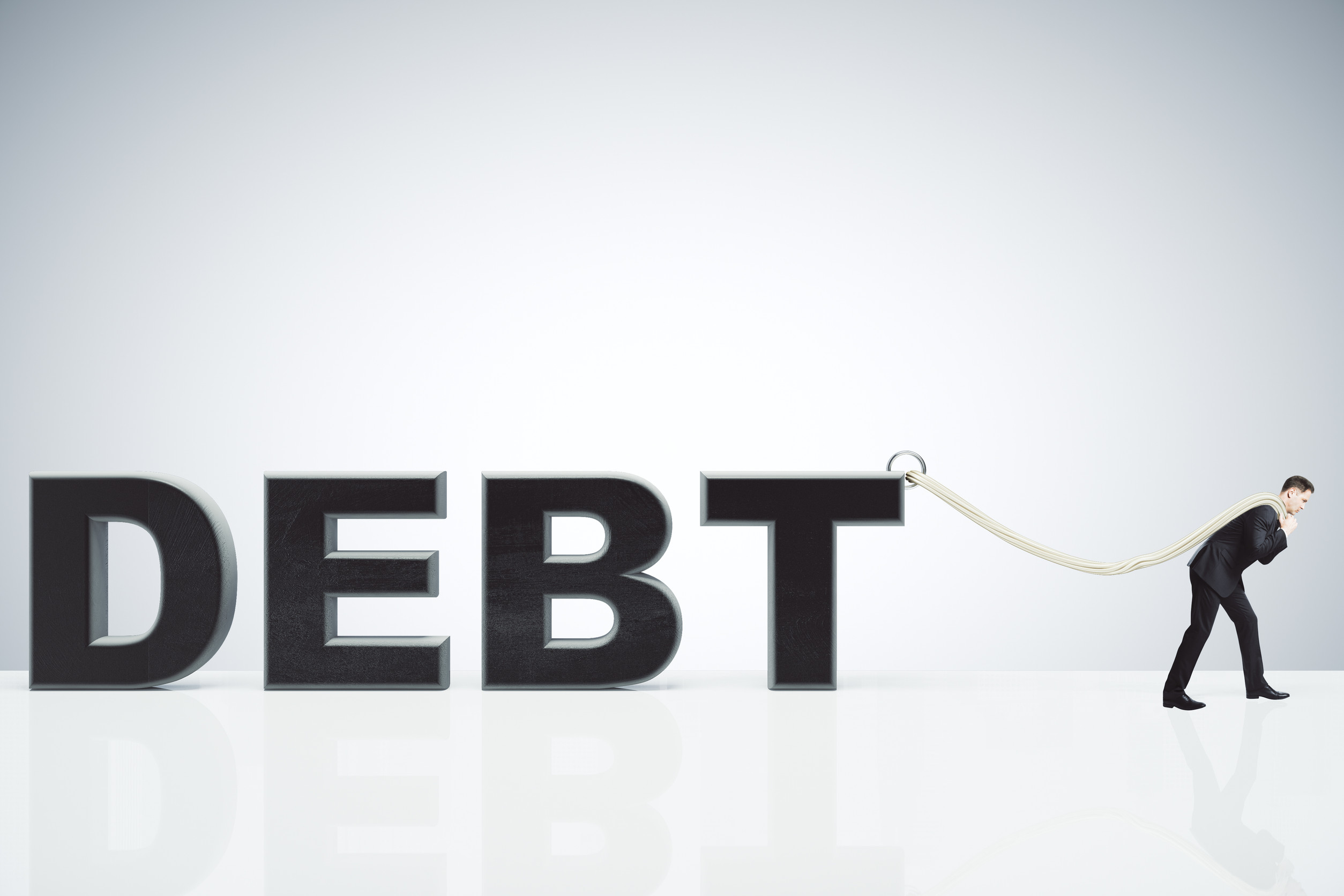
So your friend just rolled up in a brand-new luxury SUV, flashes the latest designer watch, and casually drops hints about weekend getaways to Bali. At first glance, they look like they’re living the dream, sipping champagne on the fast track to endless wealth.
But here’s the twist—what if all that glittering success is hiding a mountain of debt? The truth is, “rich” on the outside doesn’t always mean financially secure on the inside. In fact, many people flexing wealth are actually juggling credit card bills, loans, and financial stress behind the curtain.
The Illusion of Wealth
Luxury lifestyles can often be a smoke-and-mirrors performance rather than reality. Flashy cars, designer clothes, and expensive gadgets can all be financed on credit rather than paid for outright. This illusion creates the impression of financial stability while masking a fragile foundation. Social media fuels the performance, turning every purchase into a status update for likes and admiration. What you’re seeing might be less about wealth and more about keeping up appearances.
Why Debt Loves High Earners
Ironically, higher incomes often come with bigger financial pitfalls. Banks and lenders are more eager to extend credit to people who appear successful, making it easier for debt to creep in. A big salary doesn’t always mean responsible spending habits. In fact, lifestyle inflation—the tendency to spend more as you earn more—drains cash quickly. Debt thrives in this environment, feeding off the assumption that tomorrow’s paycheck will cover today’s luxury.
The Social Pressure Factor
Keeping up with friends, colleagues, or influencers can create dangerous spending habits. When everyone around seems to be upgrading, the urge to join in becomes irresistible. Social pressure makes overspending feel normal, even when it means sliding into debt. Nobody wants to be the one who says no to dinner at the new high-end restaurant. The silent cost of fitting in often shows up later as a hefty credit card statement.
When Wealth Is Just a Flex
There’s a big difference between having assets and having liabilities. True wealth is built on investments, savings, and sustainable income, not temporary shows of status. When someone prioritizes image over financial health, debt quickly fills the gap. Flexing wealth might impress in the short term, but it can also trap people in a cycle of constant repayment. The sad truth is, many who look rich are simply renting the appearance of success.
Red Flags Your “Rich” Friend Might Be Broke
Lavish spending paired with constant complaints about bills is one telltale sign. Frequent mentions of juggling credit cards or “waiting on the next check” are another. Borrowing money despite owning expensive items can also raise eyebrows. If trips, toys, and trendy purchases seem endless but never aligned with actual income, that’s a flashing warning light. Outward wealth without inward stability is often a classic case of hidden debt.
How Debt Becomes Invisible
Debt can remain unseen because it doesn’t physically show up like a luxury car or designer watch. Monthly payments are often spread across multiple cards, loans, and financing plans, making it easy to hide. Financial stress can lurk beneath the surface while everything still looks glamorous. Credit allows people to delay the consequences, presenting a picture-perfect lifestyle in the meantime. By the time the cracks show, debt may have already spiraled out of control.
The Mental Toll of Hidden Debt
Debt isn’t just about numbers—it’s a heavy emotional weight. Carrying the secret can create anxiety, shame, and sleepless nights, even if everything looks perfect on Instagram. People in this situation often feel trapped between maintaining appearances and admitting the truth. That constant juggling act erodes confidence and mental health over time. Behind the smiles and champagne glasses, financial stress is often the uninvited guest.

When Riches Are Just Borrowed
Borrowed money can make anyone look rich temporarily. Financing vacations, clothes, and electronics may create short bursts of glamour but not lasting security. Borrowed riches eventually demand repayment, and interest makes the price of luxury far higher than it seems. The illusion always has an expiration date. Eventually, reality catches up, and the cost of faking wealth outweighs the benefits.
What Real Wealth Looks Like
Real wealth often looks surprisingly boring from the outside. It’s the person driving a modest car, living in a comfortable but not excessive home, and quietly investing for the future. Their wealth isn’t shouted through purchases but built on stability and freedom. They don’t need to flex because security speaks louder than designer brands. Genuine prosperity is about peace of mind, not flashy optics.
The Lesson Behind the Glamour
Admiring your friend’s lifestyle without questioning the cost can be misleading. The important takeaway is that appearances rarely tell the full financial story. Behind every luxury purchase could be a loan payment waiting to be made. Recognizing this helps avoid comparing your financial reality to someone else’s highlight reel. It’s a reminder that financial success should be measured in stability, not spectacle.
Don’t Judge Wealth by the Shine
A shiny car or luxury vacation doesn’t always equal financial security. Debt hides well behind designer clothes and social media posts, but it takes its toll eventually. The real measure of wealth is freedom from stress, security for the future, and money working quietly in the background. Don’t be fooled by the glitter—value the substance instead.
What do you think: is showing off wealth always a red flag, or can it be balanced with financial health? Share your thoughts in the comments.
You May Also Like…
- Could Financial Aid Letters Be Designed to Confuse Students on Purpose
- 10 Loan Programs That Enrich Banks While Borrowers Struggle
- Why Do Some People Refuse to Pay Off Debt Early?
- What If Selling Stuff Cleansed Your Mental Debt More Than Your Wallet?
- 10 Wealth Secrets the Ultra-Rich Never Share
The post Could Your Rich Friend Actually Be in Serious Debt? appeared first on Everybody Loves Your Money.







